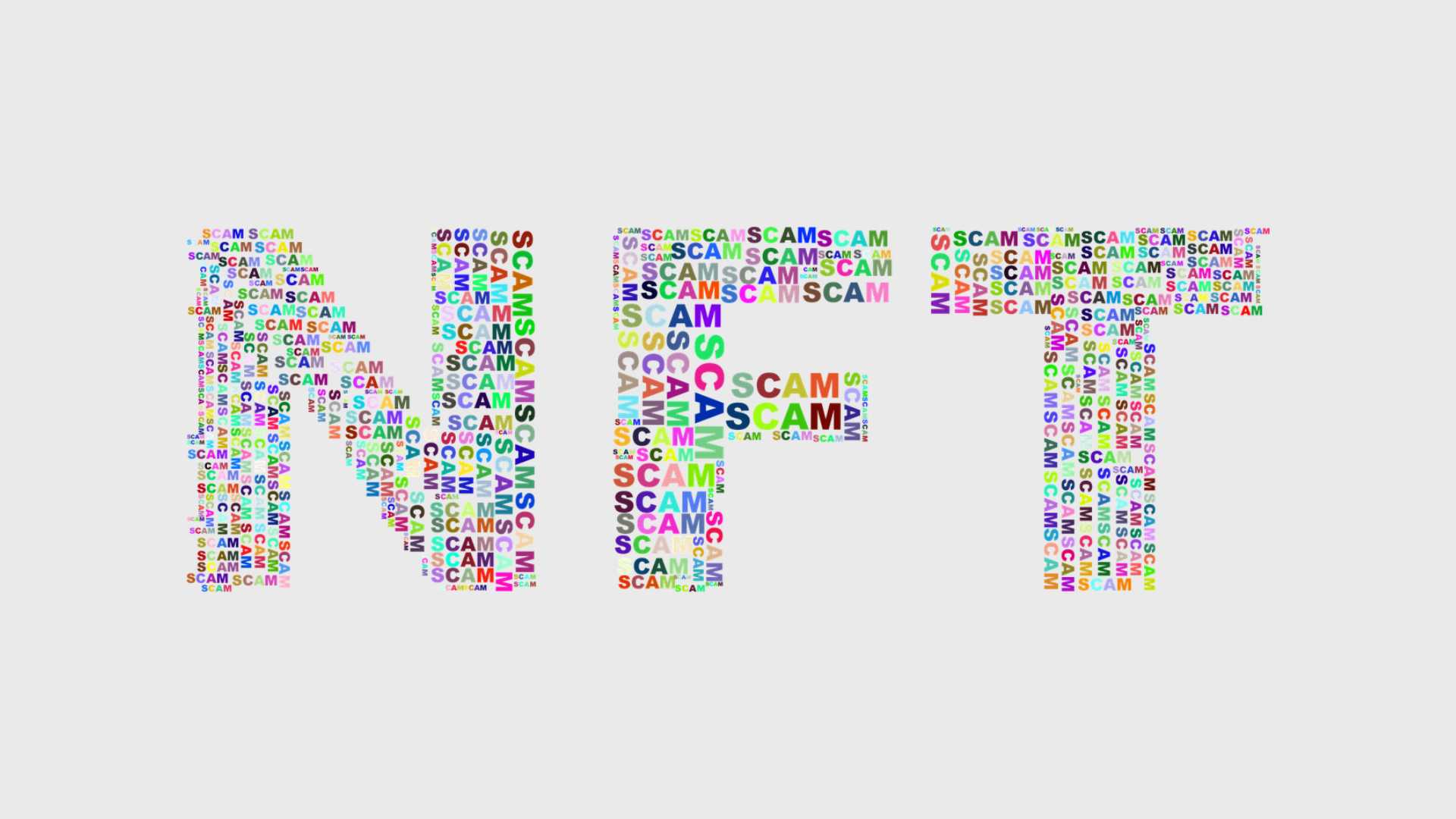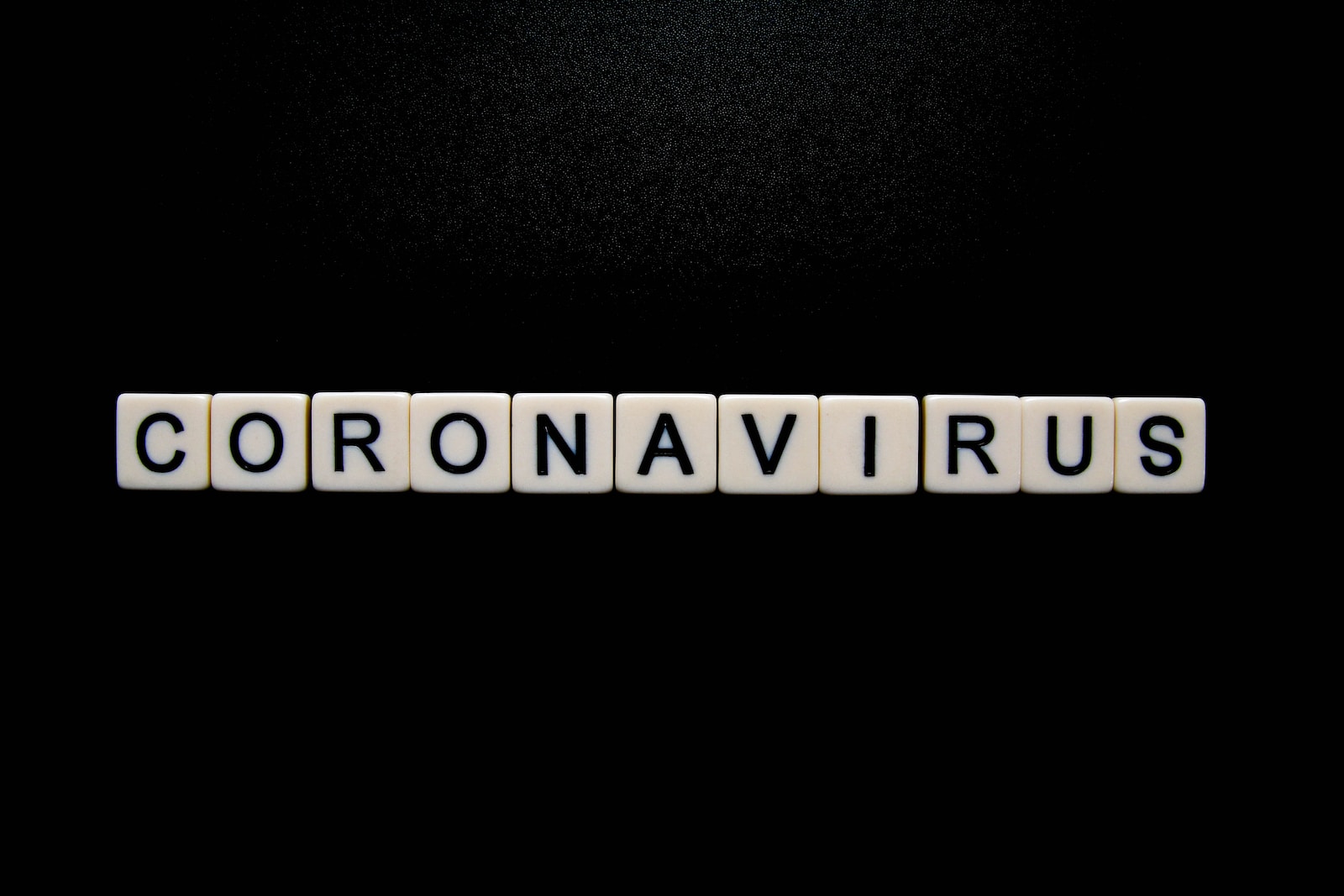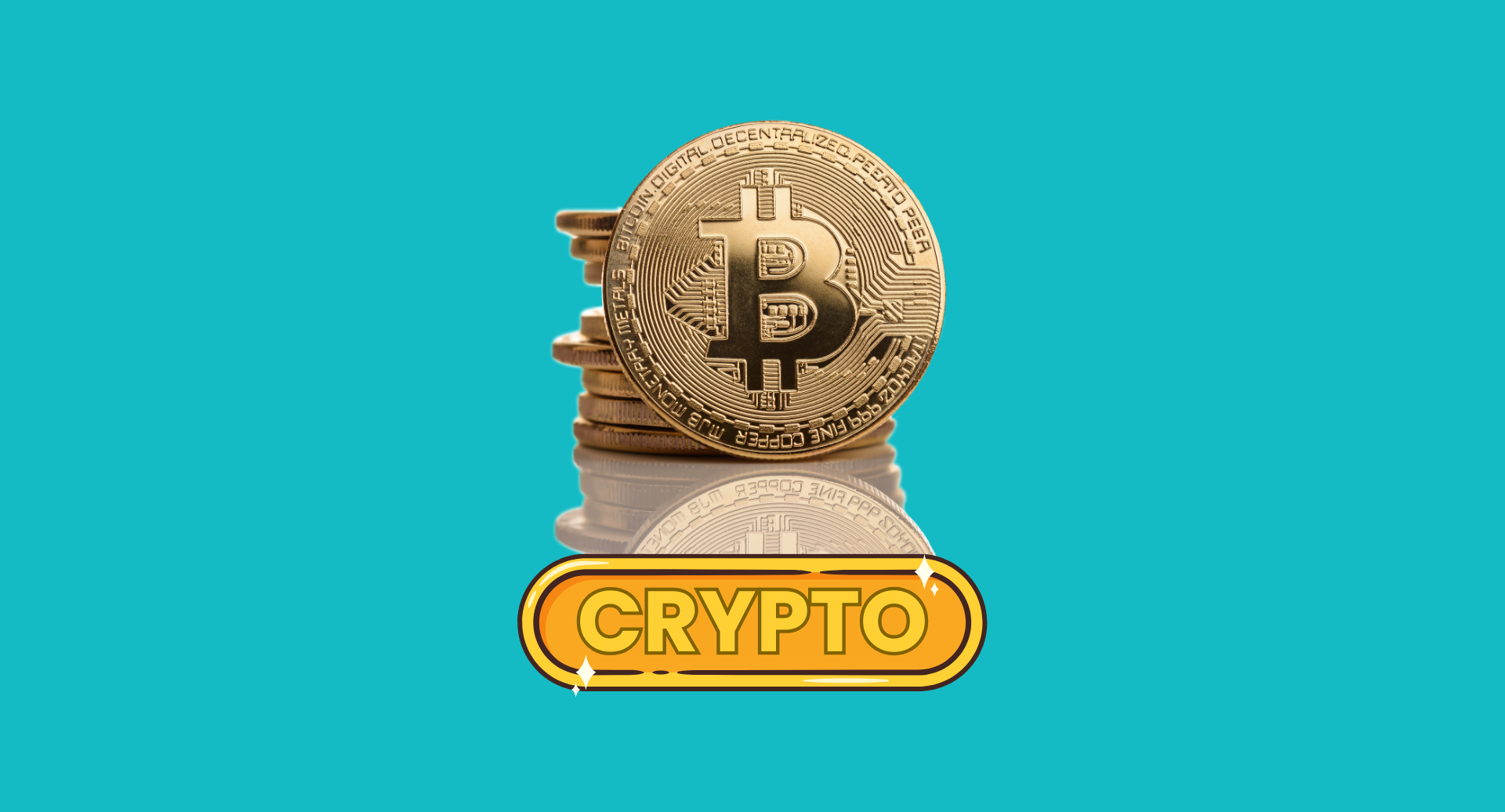Protect yourself from NFT scams
Non-Fungible Tokens (NFT) are rising in popularity. The NFT Market size was valued at USD 11 Billion in 2021 and is projected to reach USD 232 Billion by 2030 [1] with over 64 million NFT users by 2027 [2].
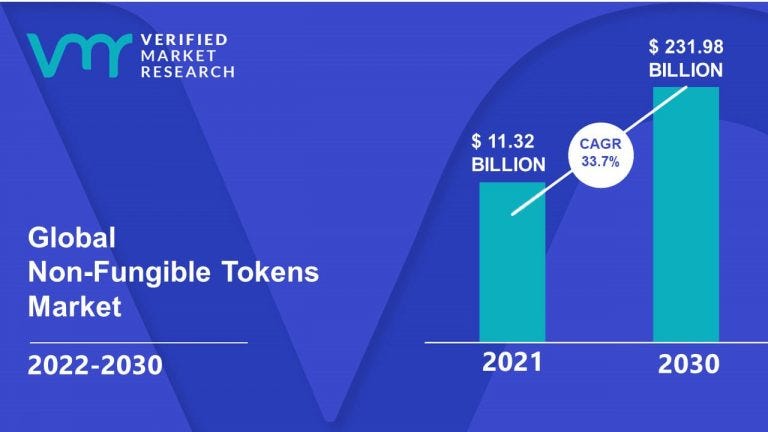
Scammers follow the money. Given the hyper growth of the NFT market, counterfeit NFT scams have exploded. OpenSea, one of the largest marketplaces for NFTs, disclosed earlier this year that more than 80% of all NFTs on OpenSea are counterfeit [7]. Not only do the scams defraud buyers, but also make it hard to identify and support trustworthy artists.
What are NFTs?
An NFT or Non-Fungible Token is a digital certificate that identifies the owner of a unique digital file, such as an image, music, or video, that exists on a blockchain and cannot be replicated or replaced.
NFTs may represent real-world assets like music, sports, brands, trading cards, artwork, and real estate.
Let’s take the NBA Top Shot NFTs as an example to explain how NFTs work. NBA Top Shot allows its registered users to buy, sell, and collect short video clips from National Basketball Association (NBA) and Women’s National Basketball Association (WNBA) games that showcase influential and rare moments. Each video is an NFT of its own.
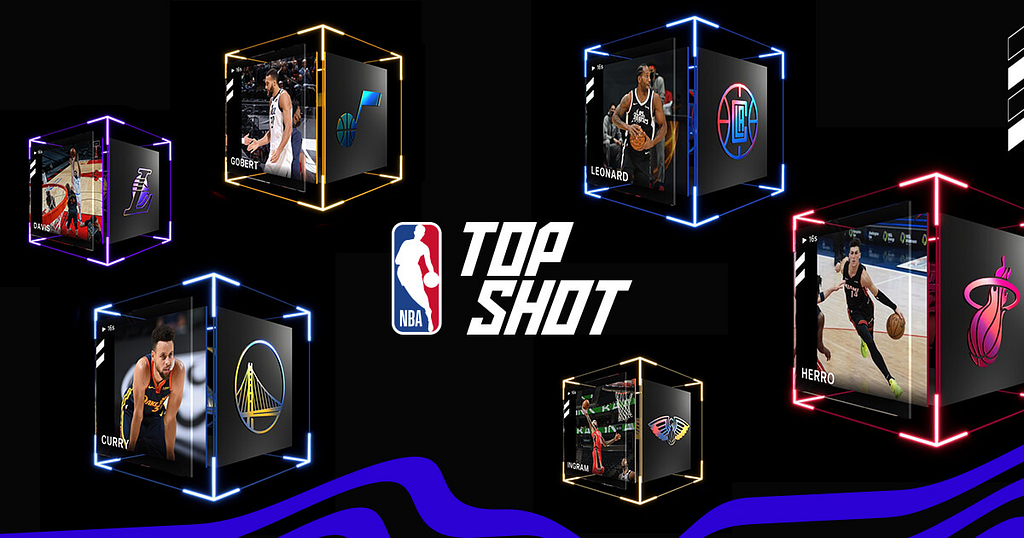 Figure 2: Examples of NBA Top Shot NFTs
Figure 2: Examples of NBA Top Shot NFTsGiant brands such as Nike, Dolce & Gabbana, Gucci and Tiffany & Co have entered the NFT market. Nike became the highest-earning company in terms of NFT sales by making more than 185 million dollars [3].
Meanwhile, scammers have plagued NFT marketplaces [5, 6]. On OpenSea, which is one of the largest marketplaces for buying and selling NFTs, more than 80% of all NFTs are fraudulent [7]. The fraudulent or fake NFT is the result of the original NFT getting stolen and minted by a fraudster attempting to benefit from someone else’s creativity with no approval from the original creator.
Counterfeit NFTs of Nike and Adidas
Let’s consider what this means by looking at Nike.
Nike officially sells seven NFTs on OpenSea under the name “RTFKT X Nike.” One of them is the Nike Monolith.
The real Nike Monolith sells for 1.3 ETH (1,267.51 USD). You can find it on OpenSea from this link.
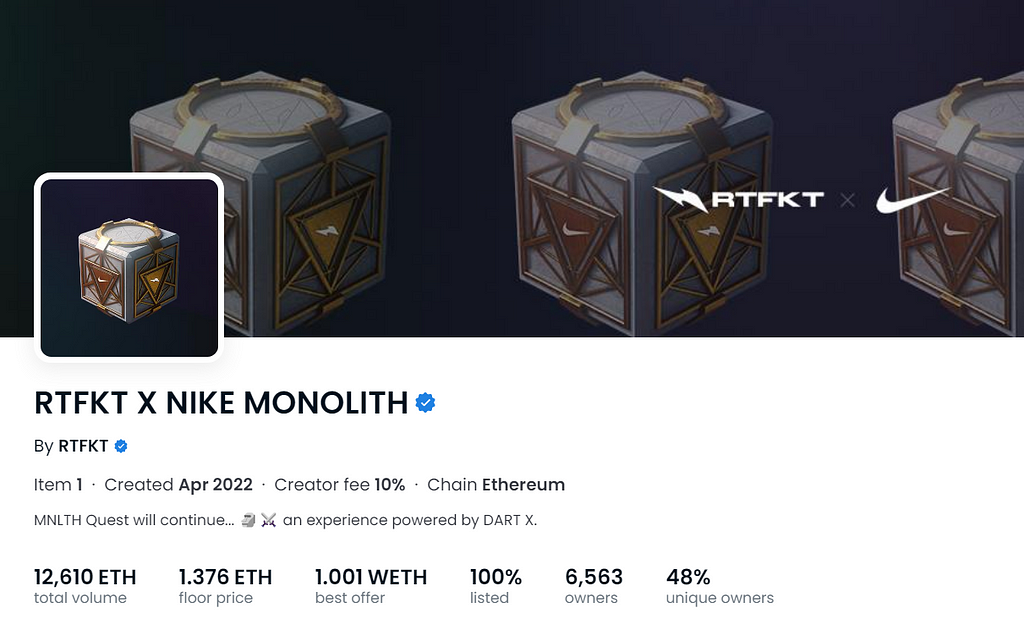 Figure 3: The original Nike Monolith NFT
Figure 3: The original Nike Monolith NFTOn the date of publication of this article, Nike Monolith has approximately seven fake listings on OpenSea. One of them is at this link, but the link might break if the counterfeit NFT is taken down in the future.
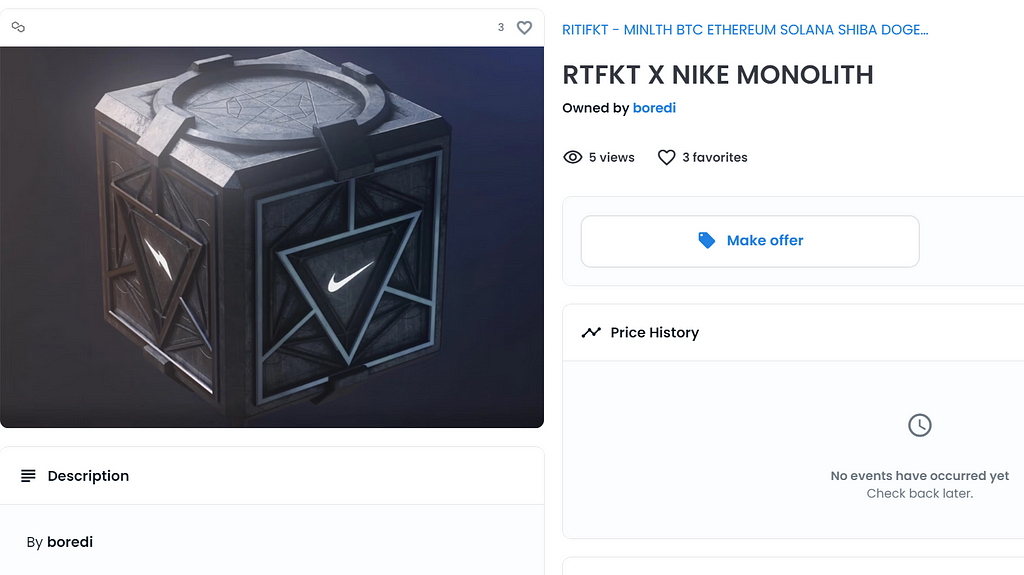 Figure 4: A fake NFT for Nike Monolith is being sold for 3 ETH
Figure 4: A fake NFT for Nike Monolith is being sold for 3 ETHNike Monolith and its fake versions are also sold on other NFT marketplaces like Rarible, X2Y2, and Looks Rare.
Other brands, like Adidas, are having the same problem with their NFTs. OpenSea has 177,868 items claiming to belong to Adidas, but only 32.7K actually belong to the brand.
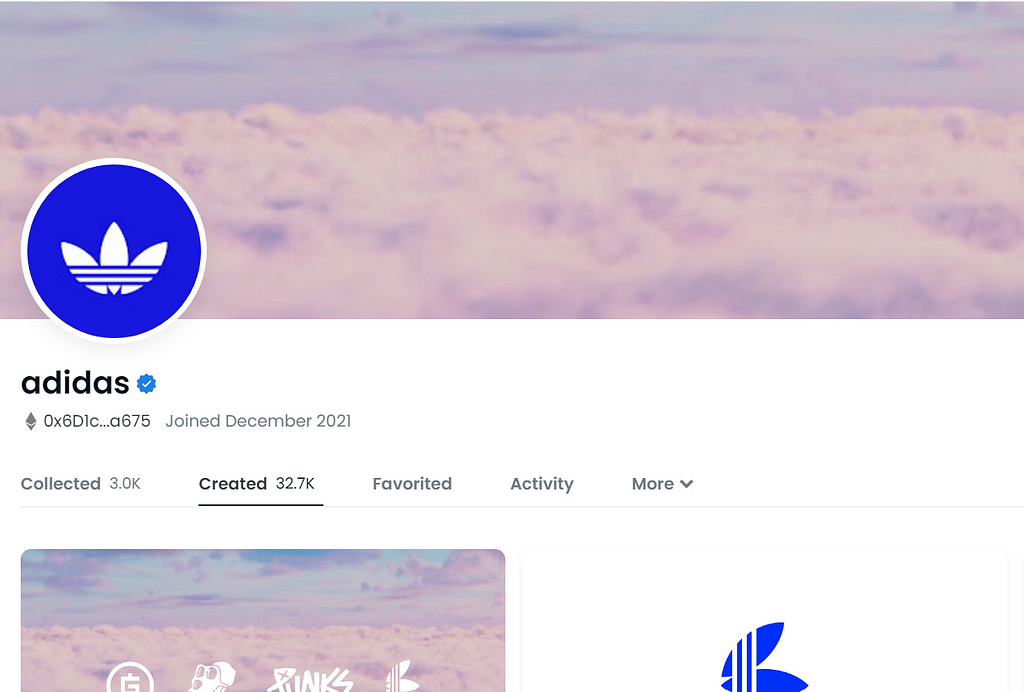 Figure 5: The official account of Adidas on OpenSea [4]
Figure 5: The official account of Adidas on OpenSea [4]NFT authentication
NFT authentication is critical for anyone thinking about purchasing NFTs.
It is complicated to validate the authenticity and originality of an NFT because there are multiple marketplaces, both primary and secondary.
To validate the authenticity, we need to ensure that the NFT came from the entity that is believed to have generated it. Meanwhile, the issue of originality is about ensuring that the work is distinct and not a clone of anything else currently out there because many NFTs derive their value from their rarity and originality.
AI tools such as image recognition at scale are required in this case to detect fake NFTs in catalogs of images.
Another method is scanning the blockchain records that are available publicly. Using this tool and checking publicly available data can assist in validating an NFT’s ownership and origin [5].
The challenge here is that the enormous volume of public records requires working hand-in-hand with those marketplaces to take down fake NFTs.
How to avoid NFT scams
Online marketplaces should implement the latest AI tools to detect fake NFTs on their platforms to protect their users from getting scammed, but here are some tips to protect yourself from NFT scams:
— Verify the contractual address of the NFT and ensure that the addresses match on the NFT and the platform where it was created.
— Check for the blue mark next to the creator account [6]
Conclusion
NFTs are taking the world by storm and changing the way we experience collectibles. A significant amount of money is trading hands in the NFT business. For the same reasons, it has attracted many scammers to the NFT marketplaces. You need to be aware and beware of those scams so you don’t fall victim or lose important opportunities.
Take Down Counterfeit NFTs with Eydle
If counterfeit NFTs are impacting your business, the Eydle platform can help you identify and take them down. With continuous monitoring based on our cutting-edge AI research, we take care of the scams, and you can focus on growing your business.
Contact us at [email protected] or visit www.eydle.com to learn more.
Resources
[1] https://www.verifiedmarketresearch.com/product/non-fungible-tokens-market/
[2] https://www.statista.com/outlook/dmo/fintech/digital-assets/nft/worldwide
[3] https://finance.yahoo.com/news/nike-becomes-highest-earning-brand-085014745.html
[6] https://metav.rs/blog/fake-nfts/
Taking Down Counterfeit NFTs was originally published in Eydle on Medium, where people are continuing the conversation by highlighting and responding to this story.

